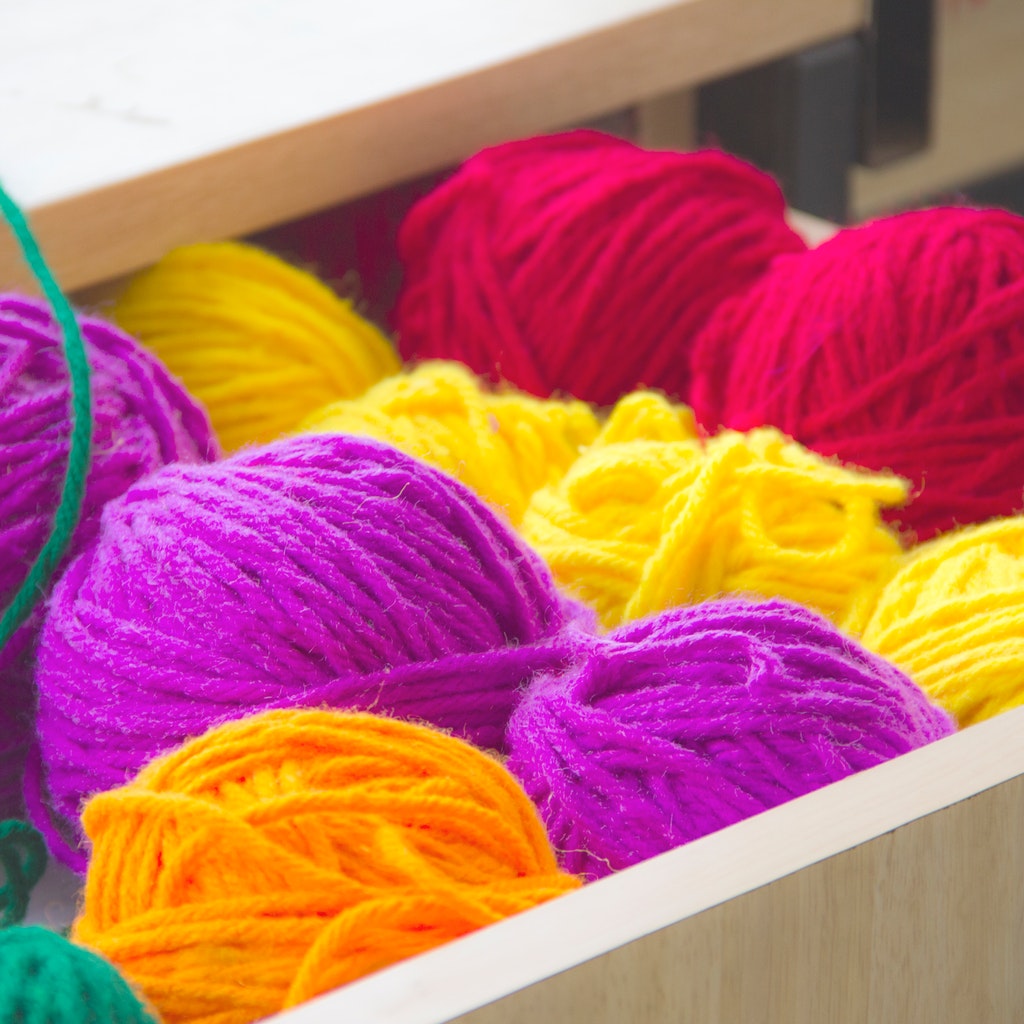I did, but I never had the time to sit and really learn how nor the patience to actually complete a project. Then I found circular knitting machines. They are absolutely the best way to knit for someone like me.
Why do I think these machines are great?
1. Small learning curve: still a learning curve but not as great as learning hand knitting
2. Fast production: produce a hat/scarf in less than 30 minutes start to finish
3. Quality products: although all knitting machines as well as hand knitters will occasionally drop stitches or find tucked stitches, there are fewer with this product.
There are many different types of circular knitting machines. What would I suggest to start learning circular machine knitting on?
My suggestion would be a fairly inexpensive machine. There are many “toy” machines on the market aimed towards children. I personally have never used them. I did some research and then after a few months of pondering the different models available, I bought the Addi King and the Addi Pro. Many would argue the point that these are inexpensive but I couldn’t see spending money on something that would only break or fall apart within the first month or two. Below are pictures of the models of machine I purchased.
Other Circular Knitting Machines Available
There are a variety of brands available. Following are a few that I found on Amazon. Michaels has one as well under the their brand called Knit Quick.
Why did I chose the Addi model over others?
The Addi knitting products are made in Germany. They are well made although I did have qualms about the fact they are made of plastic. My qualms were unfounded. They are great and work just as described. They not only do circular knitting but are able to do flat panel knitting as well. One thing to mention is that due to there being made in Germany and housed there, it took approximately 3 weeks to receive them and this was with Amazon Prime. When they finally arrived, I was so excited. When I got them I put them together right away and dug out some yarn.
My first project?
I started by making a hat. It didn’t turn out quite like I wanted but I had something completed. This gave me confidence and encouragement to keep going. Fast forward to now and I have made many hats/scarves/fingerless gloves/stuffed animals, blankets and more.
Why a blog?
This blog will be about my adventures in using and learning all the items that can be made on circular knitting machines and sharing that knowledge with others that may be interested in learning circular machine knitting too. In future posts, I will address these machines, the related pros and cons, how to fix or solve potential problems, the best type of yarns to use for each and what items can be made on the individual machines.
Questions or Concerns
If you have questions, comments, ideas or thoughts about things you would like me to address please leave me a comment. I would love to hear your thoughts and ideas.




























